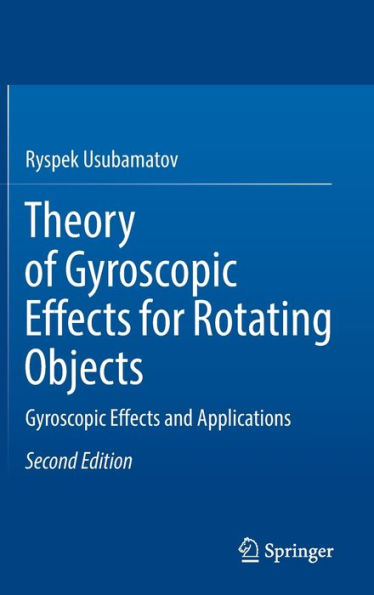This book highlights an analytical solution for the dynamics of axially rotating objects. It also presents the theory of gyroscopic effects, explaining their physics and using mathematical models of Euler’s form for the motion of movable spinning objects to demonstrate these effects. The major themes and approaches are represented by the spinning disc and the action of the system of interrelated inertial torques generated by the centrifugal and Coriolis forces, as well as the change in the angular momentum. The interrelation of inertial torques is based on the dependency of the angular velocities of the motions of the spinning objects around axes by the principle of mechanical energy conservation. These kinetically interrelated torques constitute the fundamental principles of the mechanical gyroscope theory that can be used for any rotating objects of different designs, like rings, cones, spheres, paraboloids, propellers, etc. Lastly, the mathematical models for the gyroscopic effectsare validated by practical tests.
The 2nd edition became necessary due to new development and corrections of mathematical expressions: It contains new chapters about the Tippe top inversion and inversion of the spinning object in an orbital flight and the boomerang aerodynamics.



